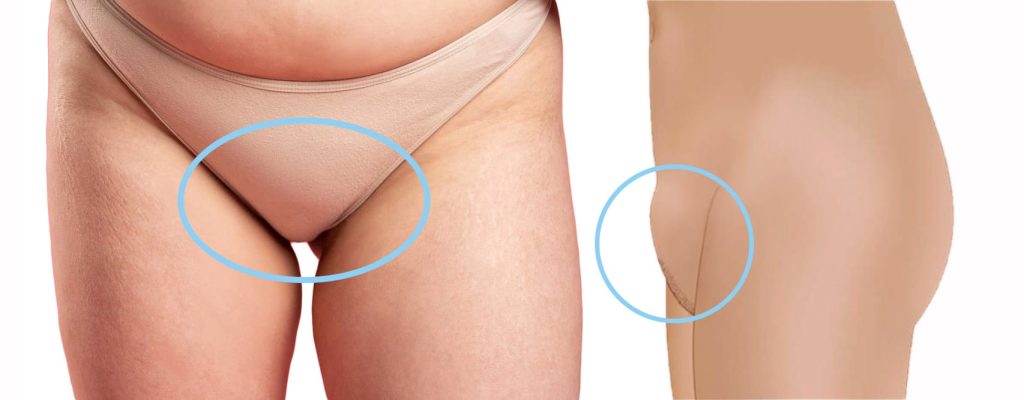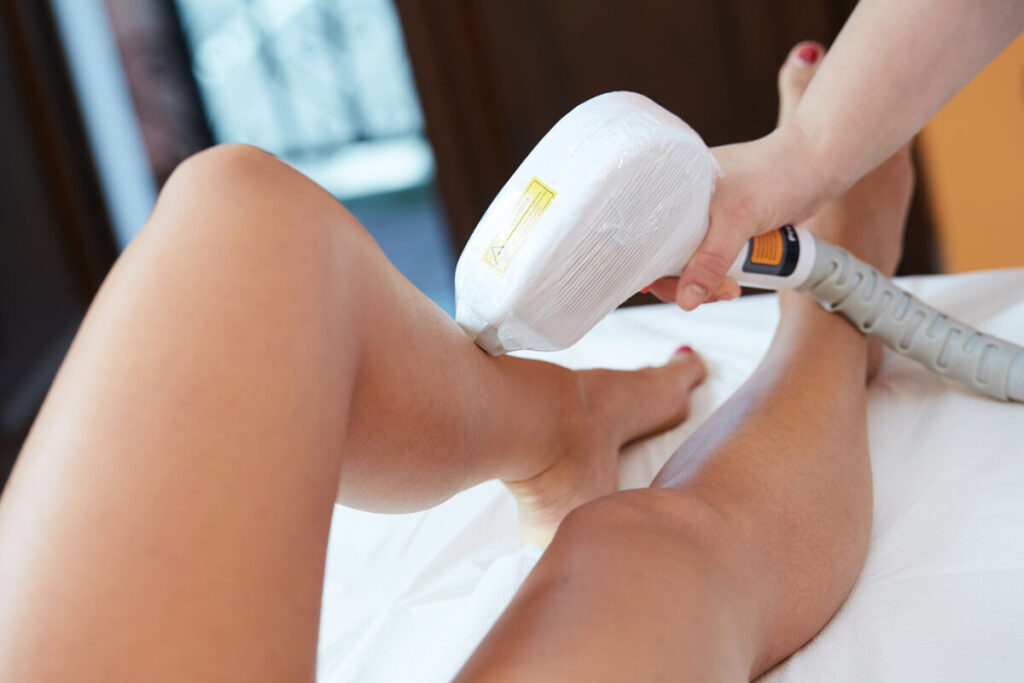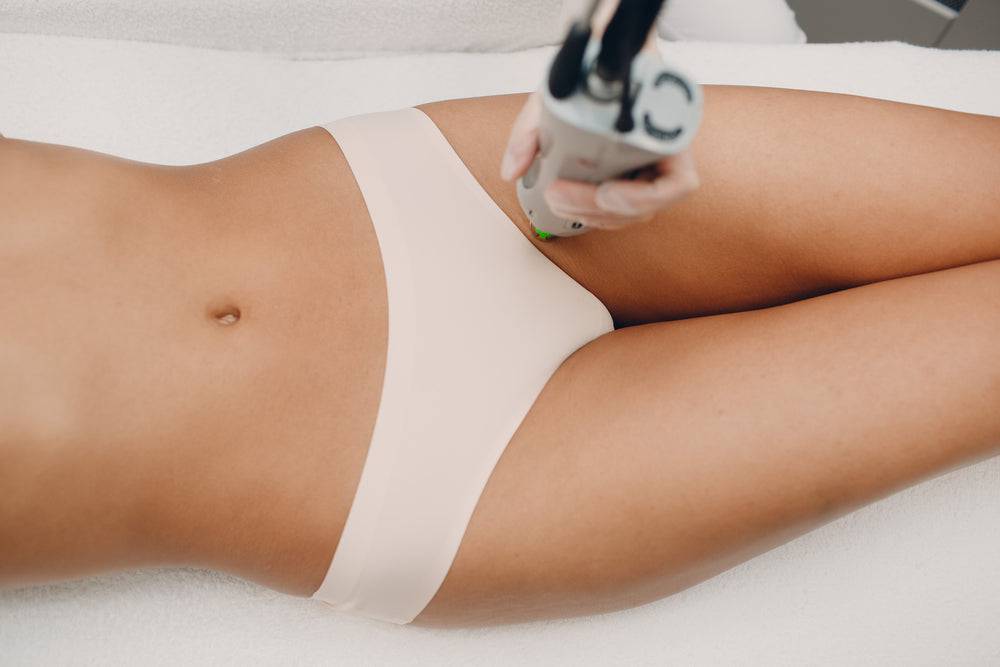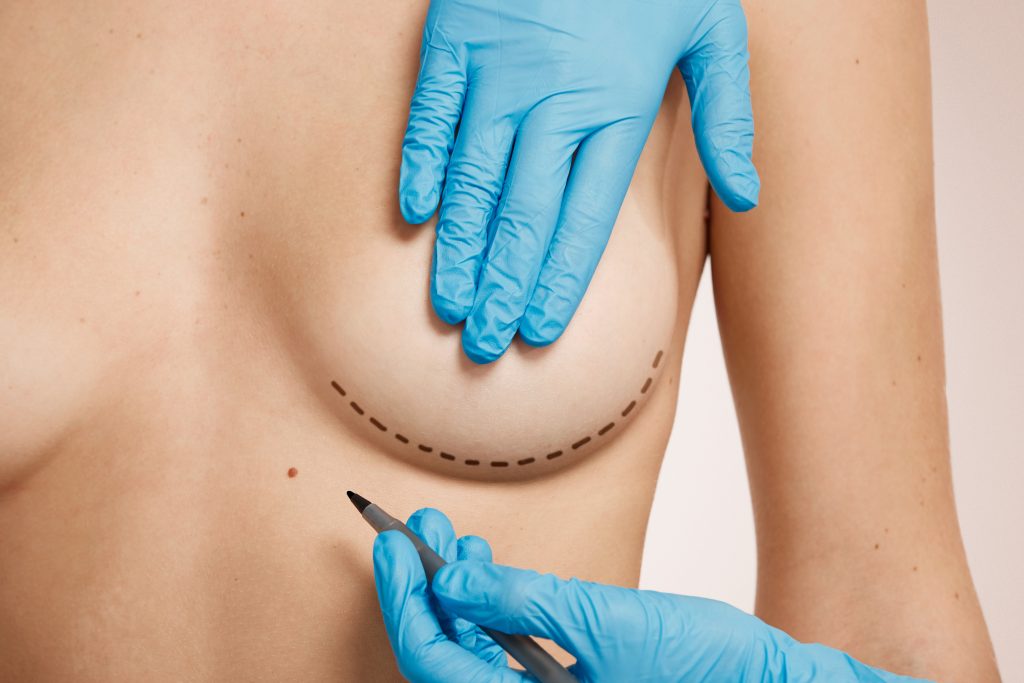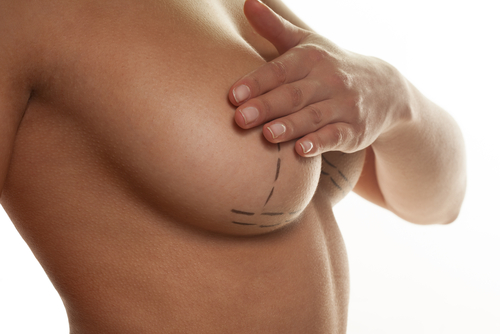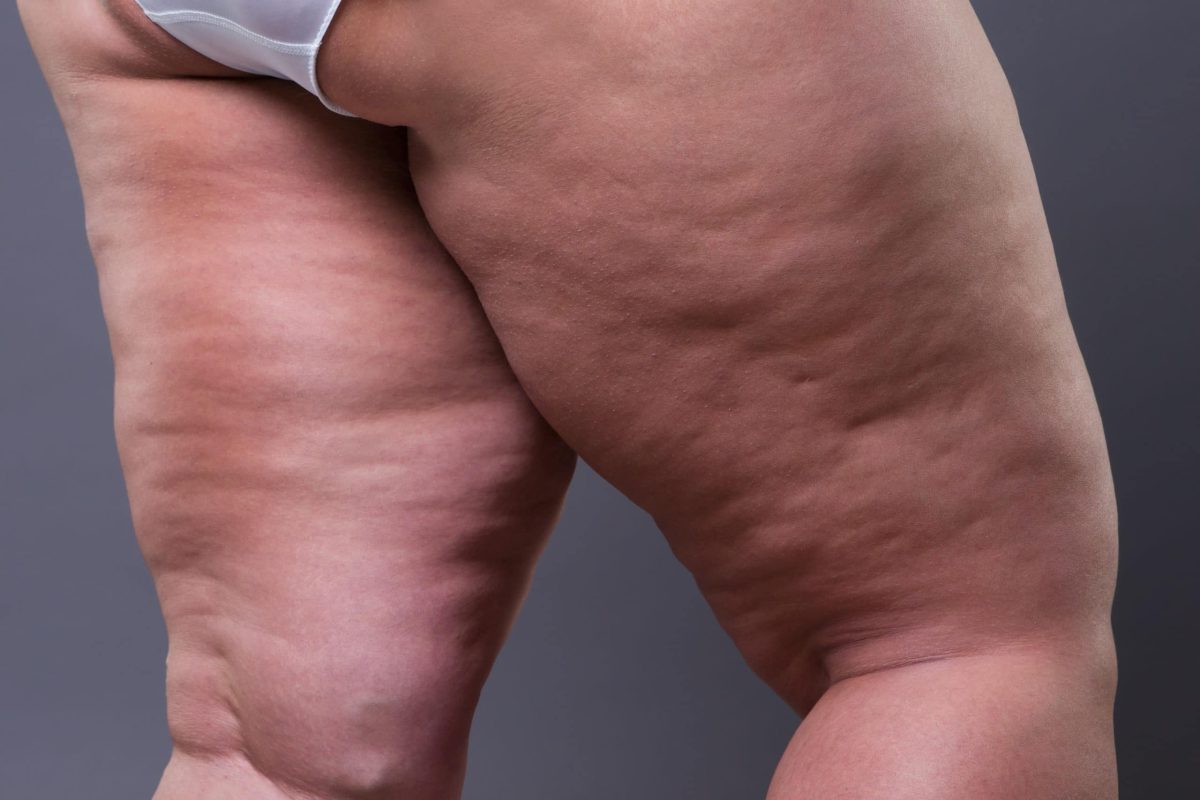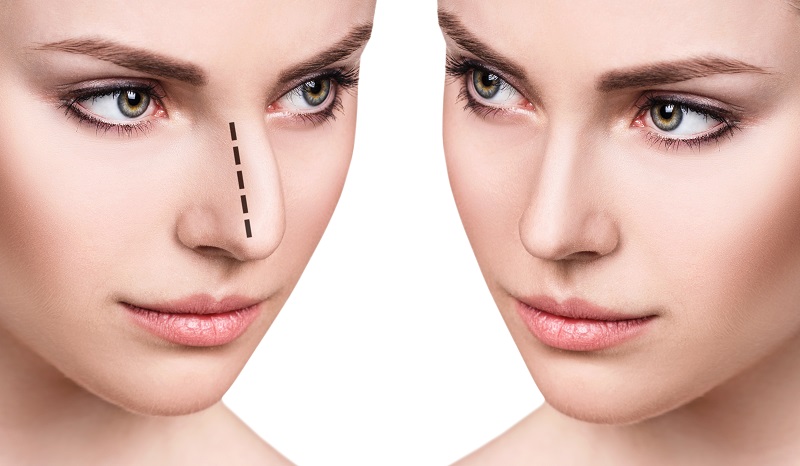Key Takeaways
-
Choosing between a Brazilian Butt Lift (BBL), a cosmetic procedure involving fat transfer from areas like the hips and thighs, and butt implants depends on your desired outcome, body type, and risk tolerance. Understanding the key differences is crucial.
-
BBL, a cosmetic procedure, offers a more natural look and feel by using your own fat from areas like the thighs and hips to enhance the backside, while implants provide a more dramatic and immediate shape change.
-
Safety concerns and potential risks, including swelling and infection, are important to consider; BBL, a fat transfer procedure removing excess fat from areas to enhance another, has become safer with advanced techniques but still carries risks, whereas implants have a risk of shifting or infection.
-
The longevity and maintenance of results, including side effects, vary; BBL outcomes, involving fat transfer to increase volume using excess fat, can change with weight fluctuations, while implants offer a permanent solution but may require replacement over time.
-
Ideal candidates for BBL are those with enough body fat for transfer and who desire a natural enhancement, whereas implants might be better for those seeking significant augmentation without sufficient fat.
-
Consulting with a board-certified plastic surgeon who has extensive experience in both procedures and the implant area can help you make an informed decision that aligns with your aesthetic goals and health considerations.
Understanding Butt Enhancements
Butt Enhancements
Butt enhancements are cosmetic procedures. They change the shape and size of the buttocks. People choose these to improve their backside’s appearance.
There are two main types: Brazilian Butt Lift (BBL) and implants. Both have unique benefits and considerations.
BBL Procedure
The Brazilian Butt Lift uses a person’s fat. Doctors take fat from other body parts and inject it into the buttocks. This method is popular for its natural results. Recovery can be quicker than with implants.
However, not everyone has enough excess fat. The procedure also has risks, like any surgery.
Implants Option
Implants involve placing silicone pads inside the buttocks. They offer a significant size increase. This option suits those seeking dramatic changes or who lack enough fat for a BBL.
Implants carry risks, such as shifting or infection. Recovery might be longer compared to a BBL.
Popularity Trends
Butt enhancements have grown in popularity recently. Cultural and aesthetic trends drive this demand. Celebrities and social media influence many to seek these procedures.
Key Differences Between BBL and Implants
Procedure Basics
BBL, or Brazilian Butt Lift, transfers fat from other parts of the body to the buttocks. Implants involve inserting silicone prosthetics into the buttocks.
The approach taken in BBL offers a more natural feel. In contrast, implants provide a predefined shape that may not blend as seamlessly with the body’s contours.
Recovery Time
BBL generally boasts a shorter recovery period compared to implants. Patients often return to normal activities quicker after a BBL.
Implant surgery, on the other hand, requires more downtime. This difference is crucial for those balancing busy schedules or unable to take extended time off work.
Outcome Expectations
With BBL, outcomes can vary since they depend on how well the body accepts the transferred fat. Some patients may require additional sessions to achieve their desired volume or shape.
Implants offer a more predictable result right after surgery. However, they come with risks like shifting or the need for replacement over time.
Safety and Risks
Butt Implants
Butt implants carry certain risks. Movement of implants can occur, altering the desired shape. There’s also a risk of nerve damage in the area. Recovery involves managing swelling and discomfort.
Implants might lead to complications such as infection or an unnatural look if they shift. People considering this option should discuss these risks with their surgeon.
BBL Safety
BBL, or Brazilian Butt Lift, has a lower complication rate compared to implants. This is because it’s less invasive. It involves fat transfer from other body areas to the buttocks.
The main benefits are a shorter recovery time and less risk of infection. However, there can still be side effects like swelling or excess fluid. Choosing a qualified surgeon greatly reduces these risks.

Qualified Surgeon
The importance of selecting a qualified surgeon cannot be overstated for both procedures. A skilled professional minimizes the chances of complications and ensures better outcomes.
They understand how to avoid damage to surrounding tissues and manage side effects effectively. Always verify your surgeon’s credentials and experience before proceeding.
Look, Feel, and Longevity
Natural Appearance
BBL, or Brazilian Butt Lift, enhances one’s appearance by using their own fat to increase the size and shape of the buttocks. This method ensures results that not only look but also feel more natural compared to implants. The fat is carefully harvested from areas with extra fat, like the hips or thighs, and then transferred to the buttocks. This technique allows for a variety in shape and size that can be tailored to fit each person’s body type and desire.
Implants, on the other hand, offer a more uniform look. They come in predefined shapes and sizes which might not suit every body type as well as BBL does.
Durability
The longevity of BBL versus implants varies significantly due to changes in body weight. Since BBL uses one’s own fat, any significant weight fluctuation can alter the outcomes over time. Gaining or losing weight can change how the buttocks look because the transferred fat behaves just like any other body fat.
Implants provide a permanent solution in terms of size but not always position. Over years, implants can shift from their original placement, potentially leading to an unnatural appearance or discomfort. This may necessitate revision surgeries to correct their position.
Weight Considerations
For individuals lacking enough fat for a BBL procedure, implants become the viable option. BBL requires a sufficient amount of fat from other parts of the body. Not everyone has enough extra fat to achieve their desired outcome through BBL.
Ideal Candidates and Exclusions
Butt Implants
Butt implants suit those lacking sufficient fat for a BBL. They prefer a more dramatic change. This option benefits individuals seeking a permanent solution without the need for fat grafting.
Candidates must have realistic expectations. They should understand the procedure’s scope and potential results. Health plays a crucial role too. Ideal candidates are non-smokers, in good health, and have stable weights.
Brazilian Butt Lift
BBL works best for patients with enough donor fat. It’s ideal for enhancing the targeted area while maintaining natural contours. Many patients choose BBL for its dual benefit of fat removal and enhancement.
Good health is essential here as well. Candidates should not smoke or have conditions that impair healing. A stable weight is critical to maintain results.
Exclusions
Both procedures exclude certain individuals.
-
Smokers face higher risks during surgery and recovery.
-
Those with health issues affecting healing might not be suitable.
-
An unstable weight can compromise the outcomes of both procedures.
Understanding these exclusions helps set realistic expectations and ensures patient safety.
Summary
Choosing between a Brazilian Butt Lift (BBL) and implants boils down to your personal goals, health, and the look you’re aiming for. BBL offers a more natural result, using your own fat to enhance your shape, while implants provide a more dramatic increase in volume and shape but come with their own set of risks. Safety, aesthetics, and longevity play crucial roles in this decision. You’ve seen how each procedure stacks up in terms of safety concerns, appearance outcomes, and who makes an ideal candidate.
Your journey towards achieving your desired rear end should start with thorough research and consulting with experienced professionals. Remember, what works best for one may not be the right choice for another. Weigh the pros and cons carefully, consider your body type, health status, and aesthetic desires before making a decision. Ready to take the next step? Reach out to a certified cosmetic surgeon to discuss which option aligns best with your vision. Your dream butt isn’t just a dream—it’s within reach.
Frequently Asked Questions
What is the difference between a BBL and butt implants?
A BBL (Brazilian Butt Lift) uses your own fat to enhance the buttocks, while implants involve inserting silicone pads. Each method offers a different approach to achieving a fuller look.
Which is safer: BBL or butt implants?
BBLs tend to have a lower risk of complications compared to implants, as they use your own body fat rather than foreign objects. However, every surgery has risks.
How long do the results from a BBL or implants last?
BBL results can be long-lasting if weight remains stable; however, some fat may reabsorb over time. Implants offer a permanent solution but may require replacement due to aging or complications.
Who is an ideal candidate for a BBL or butt implants?
Ideal candidates are healthy individuals with realistic expectations. For BBL, having enough body fat for transfer is crucial. Implants might be better for those seeking more significant enhancement without sufficient fat reserves.
Can you feel the difference between BBL and implants?
Yes, since BBL uses your own fat, it tends to feel more natural than implants, which can sometimes be felt under the skin depending on their placement and size.
Are there any exclusions for getting a BBL or butt implants?
Individuals with certain health conditions, insufficient body fat (for BBL), or unrealistic expectations may be advised against these procedures. A thorough consultation with a qualified surgeon is essential.
How do I choose between a BBL and butt implants?
Consider your desired outcome, available body fat for transfer, and personal comfort with each procedure’s risks and benefits. Consulting with an experienced cosmetic surgeon can help determine the best option for you.







